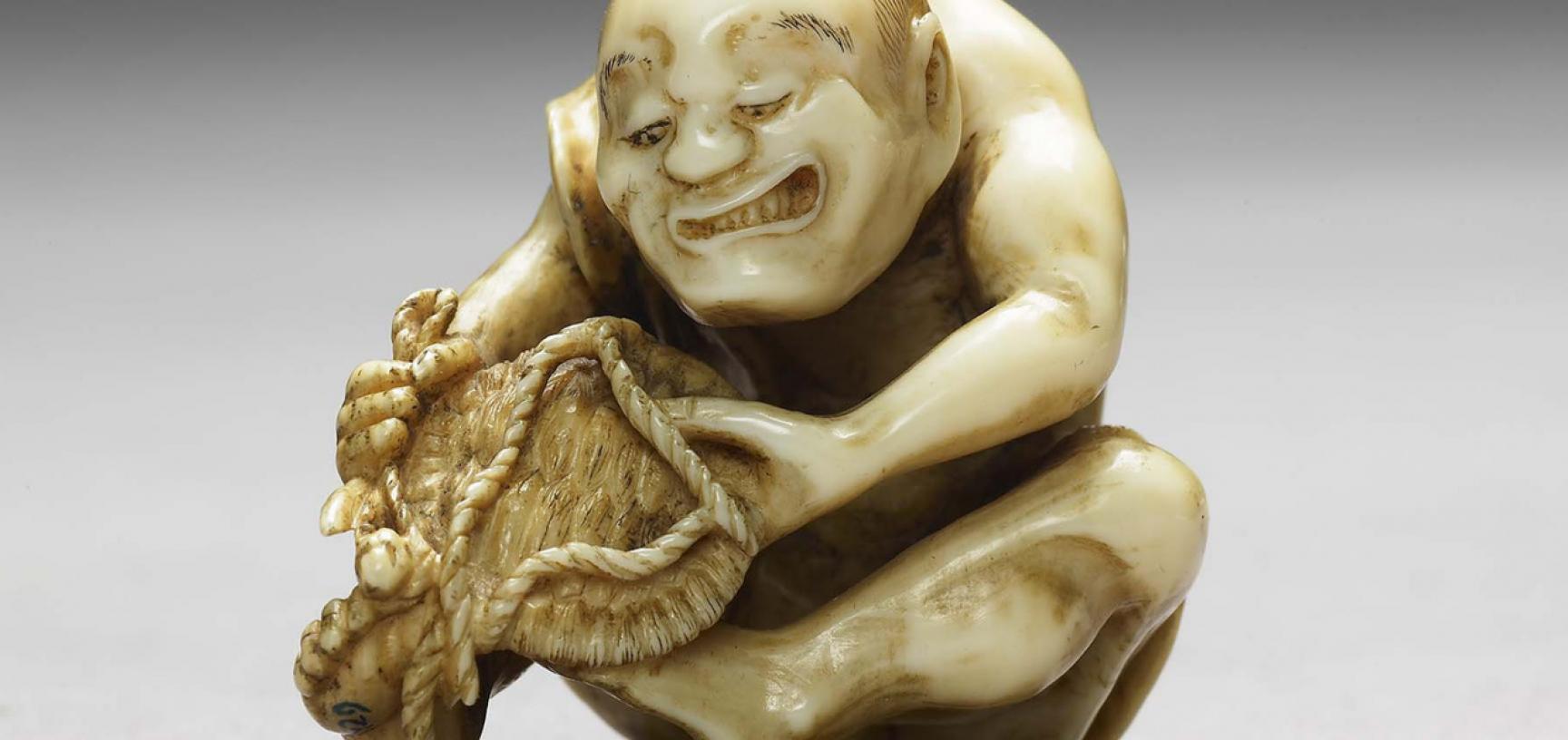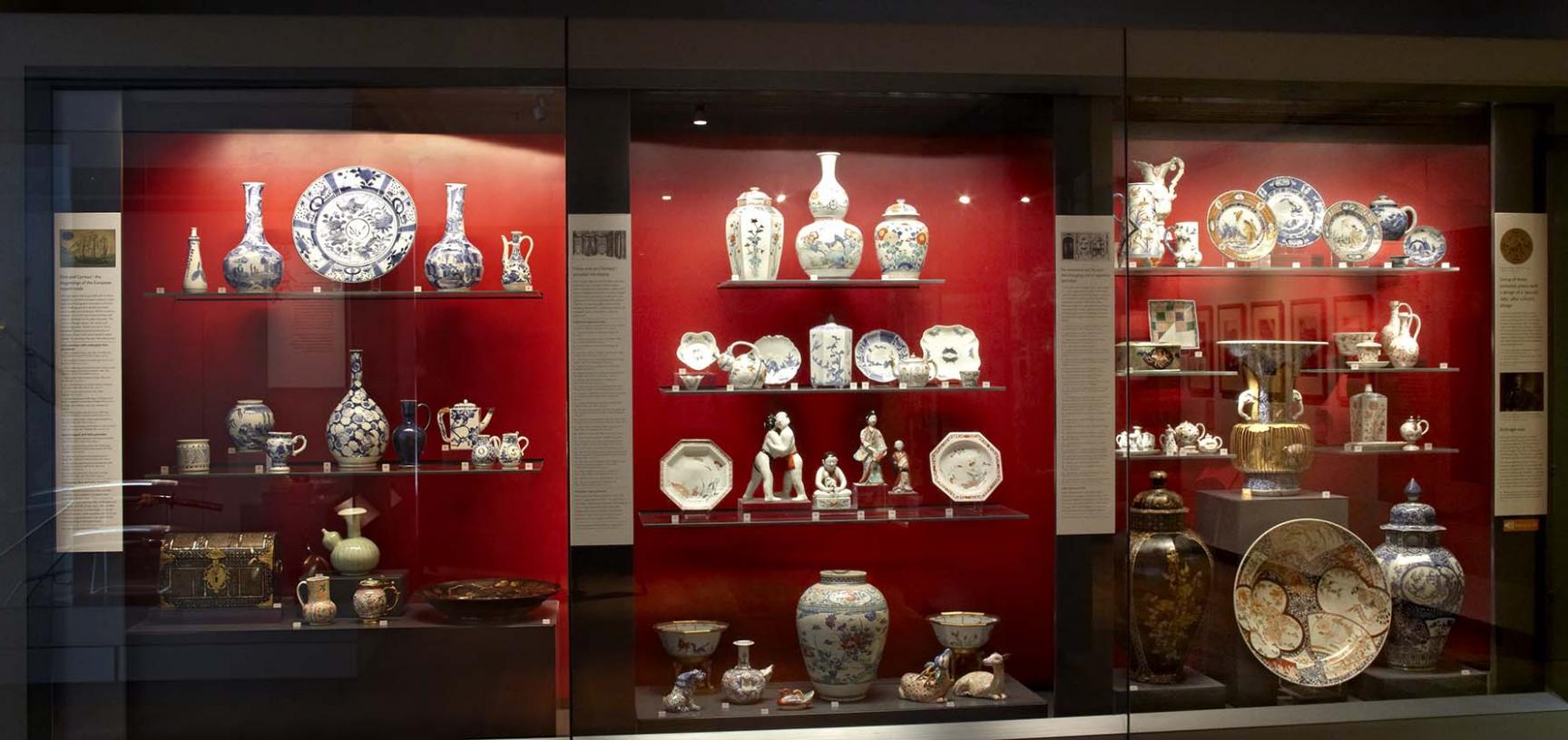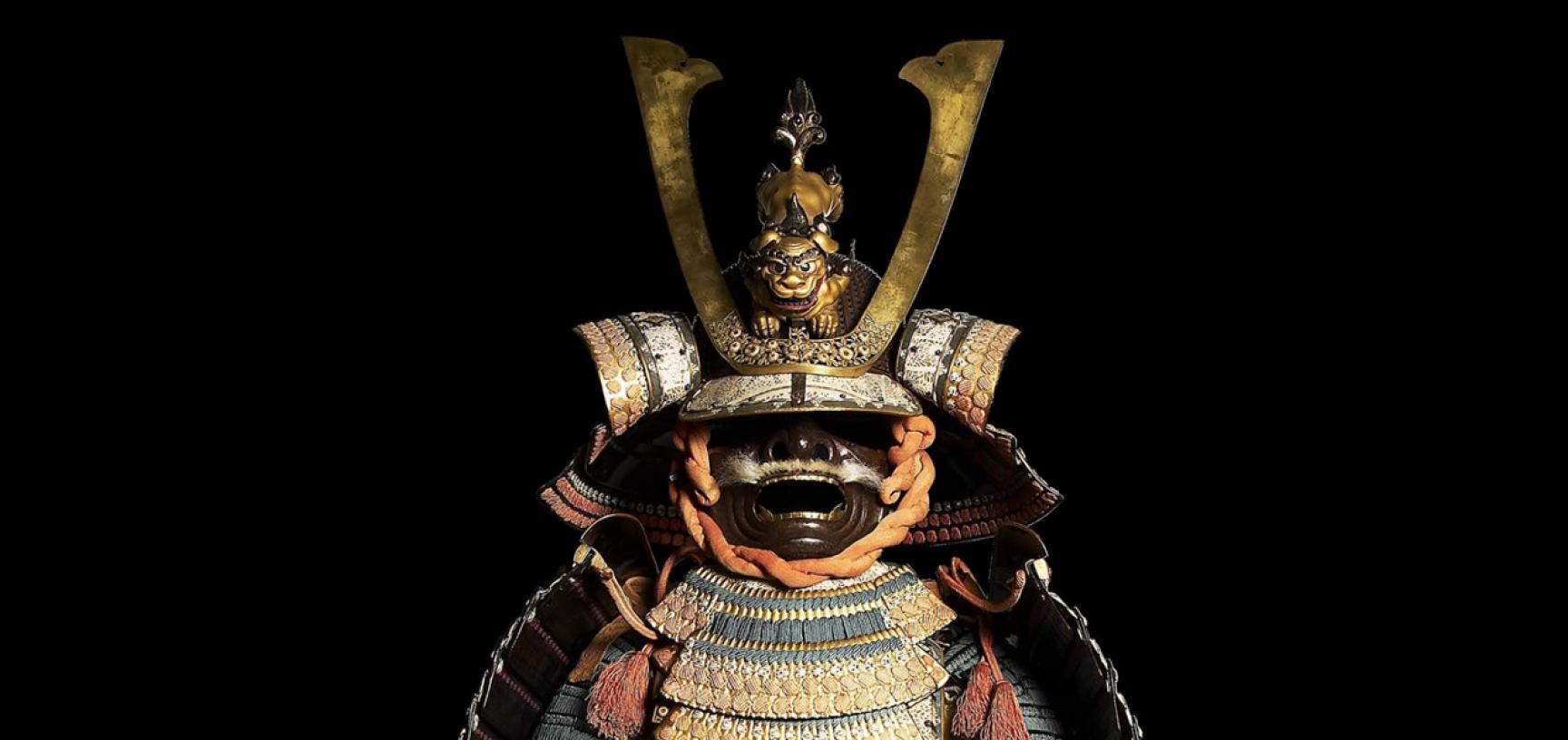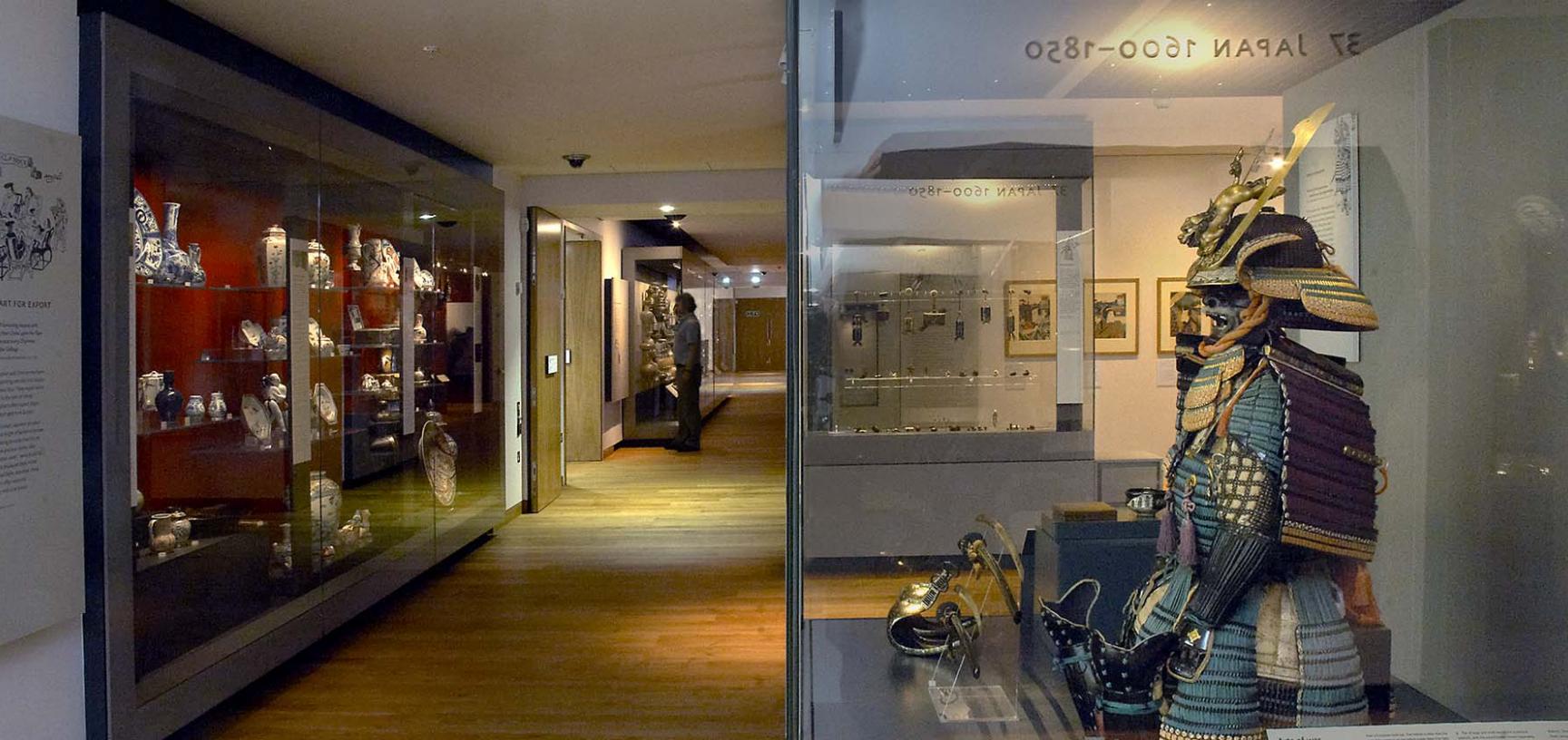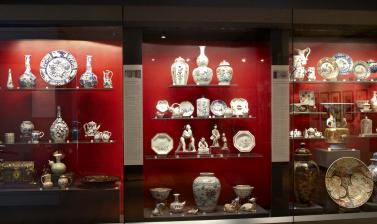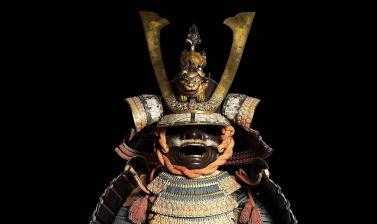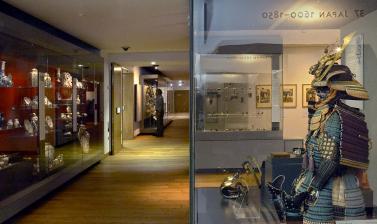JAPAN 1600-1850
Japan from 1600 to 1850 covers the Edo period when the country experienced 250 years of peace and prosperity. The suit of Samurai armour which sits in pride of place in the gallery is actually a ceremonial piece and was given to Magdalen College, Oxford, by former student Prince Chichibu in 1937. A glass cabinet nearby displays a collection of netsuke, inro and ojime – all essential accessories for Japanese dress at the time.
This gallery highlights the artistic developments of the period including porcelain production, painting and woodblock printing. The Ashmolean’s collection of Japanese export porcelain of this period is one of the finest and most extensive collections outside Japan.
By the beginning of the 17th century Chinese porcelain had become highly fashionable in Europe but when civil wars interrupted the manufacture of porcelain after the fall of the the Ming dynasty in 1644 the Dutch East India Company turned to Japan to satisfy European demand. The Japanese factories rose to the challenge and examples are shown here. The porcelain, along with some examples of export lacquer, is displayed as it might have been arranged in a European stately home of the 17th or 18th century. The museum’s collection of Japanese screens is displayed in the long wall case to the rear of the gallery. Lacquerware and ceramics made for the domestic Japanese market are displayed nearby.



